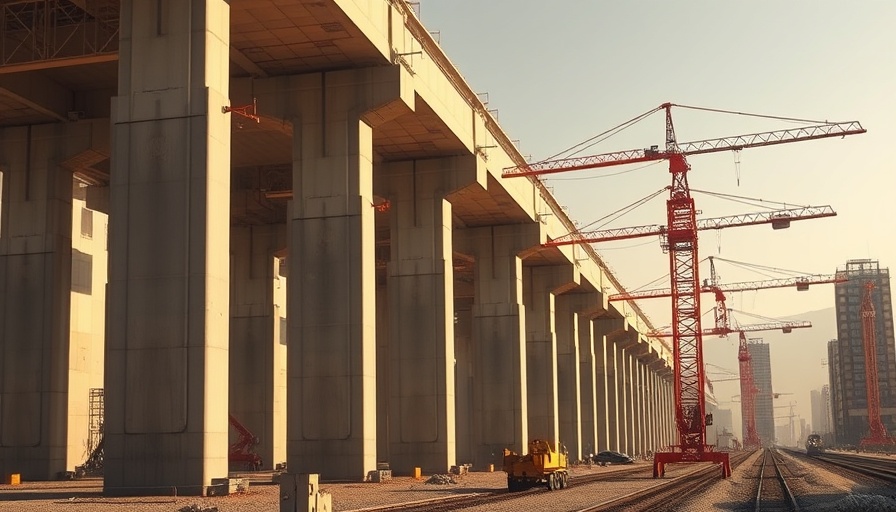
Understanding the California High-Speed Rail Project
The California High-Speed Rail project is touted as a revolutionary leap towards modern transportation. Designed to connect the state's major cities, including San Francisco, Los Angeles, and Sacramento, this ambitious initiative has long been a subject of public discussion, support, and skepticism. While the promise of a high-speed rail is enticing—offering reduced travel times and economic benefits—it’s crucial to address different perspectives on its implementation, particularly in the Central Valley, an area marked by unique challenges.
Why the Central Valley Matters
For residents of Bakersfield and nearby regions, the Central Valley’s involvement in the high-speed rail strategy is pivotal. Not only does it serve as a crucial link between southern and northern California, but it also reflects the state’s commitment to equitable infrastructure development. However, the plan also proposes delays in connecting certain areas, which raises questions about fairness and effectiveness.
The Local Economic Impact
Residents and local businesses in the Central Valley are hopeful about the economic uplift the rail could bring. Enhanced mobility might lead to job creation, increased tourism, and improved accessibility for the area’s agricultural sector, which plays a significant role in California's economy. Nevertheless, there’s anxiety around the timing of these benefits, especially for communities that may see their connection to the rail delayed.
Environmental Considerations
The high-speed rail project is also a critical element of California's environmental strategy. Reducing reliance on cars and promoting train travel could lead to lower greenhouse gas emissions. However, environmentalists raise concerns regarding the construction process and potential disruption to local wildlife habitats. These factors must be balanced against the anticipated long-term benefits.
Public Sentiment: Support and Skepticism
As discussions surrounding the rail continue, public sentiment remains divided. While many urban dwellers view the project as a much-needed modernization of the state’s infrastructure, residents in the Central Valley express skepticism regarding its feasibility and fairness. Challenges related to funding, construction disruptions, and potential delays have fueled mistrust among stakeholders.
Future Predictions: What Lies Ahead?
The road ahead for the California High-Speed Rail project may be rocky, but the stakes are high. If successful, it could revolutionize transportation within the state. However, securing the necessary funding, addressing community concerns, and maintaining a transparent dialogue will be crucial for both state officials and residents. The eventual success of this project will not only determine California's transportation future but also set a precedent for high-speed rail projects across the nation.
Taking Action: A Call to Local Engagement
For residents of Bakersfield, engaging in public forums and discussions about the high-speed rail can influence its outcome. Voices from the Central Valley must be heard to advocate for fair treatment and timely connection. Participating in meetings and communicating with local leaders can help shape a positive trajectory for the project that benefits all Californians.
The California High-Speed Rail project is more than just a train line; it's a vision for a connected, sustainable future. While it may require patience and advocacy from the Central Valley, the potential rewards make it worth striving toward. Together, local communities can be part of a transformative journey—or, in essence, a high-speed one.
 Add Row
Add Row  Add
Add 



Write A Comment